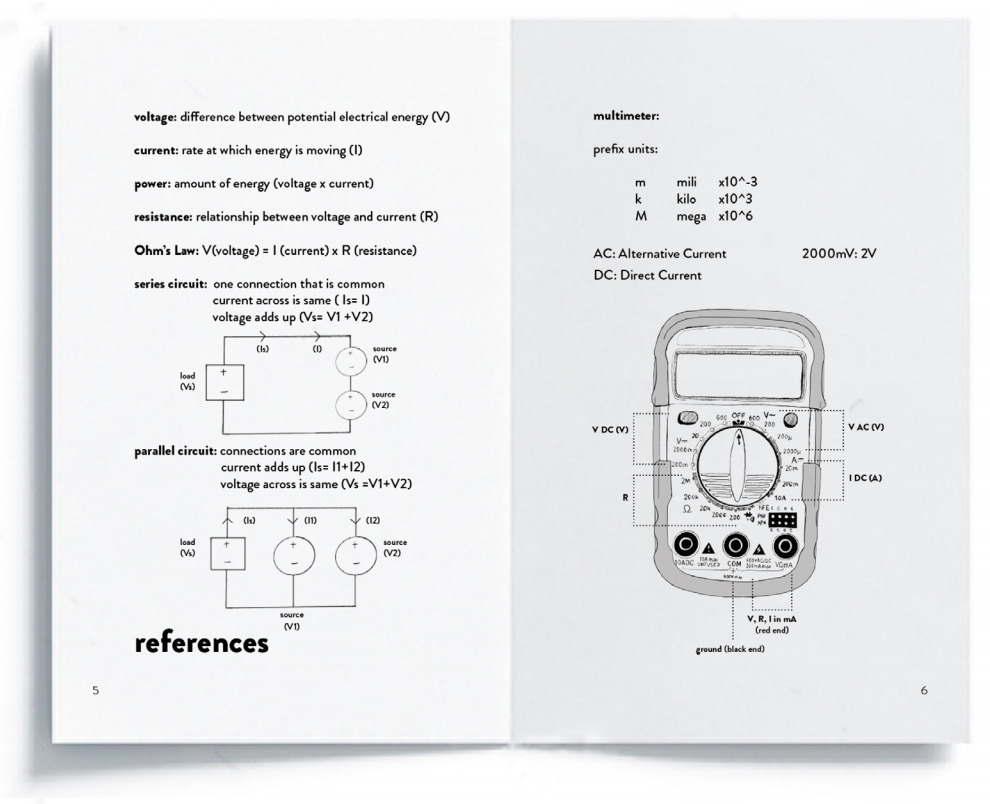Lessons learned from designing a material based probe for generating electrical energy using found objects.
#tinkering #materials #DIY
#tinkering #materials #DIY
Working with grade 8 students from a local school in Mexico City, we used design probe methodology where students built simple systems to generate and harness small amounts of electricity.
Using mixed research methods during a facilitated workshop, including surveys, group interviews, observations, and journaling, we focused on encouraging novice makers to explicitly focus on the materials in their creative process and use that learning as an entry point into tinkering.
Tinkering is an experimental and iterative process of creating physical and digital artifacts, in which makers continuously experiment with new ideas to engage with a problem. While the Maker Movement emphasizes that everyone is a maker, novice makers can find it difficult to start tinkering. Our study showed that by focusing on the materials at hand, tinkerers can be resourceful in their creative endeavours, learn to manage their fears of failure, reflect on how they can scale their design ideas and also find ways to work with other tinkerers in shared settings. Informed by our results, we proposed unique design principles that can inform both physical and digital tinkering activities. Observations and interviews of students using our probe suggest that we should: (a) encourage learning from and playing with material properties and (b) support social interactions.
My role(s): design research, UX design






